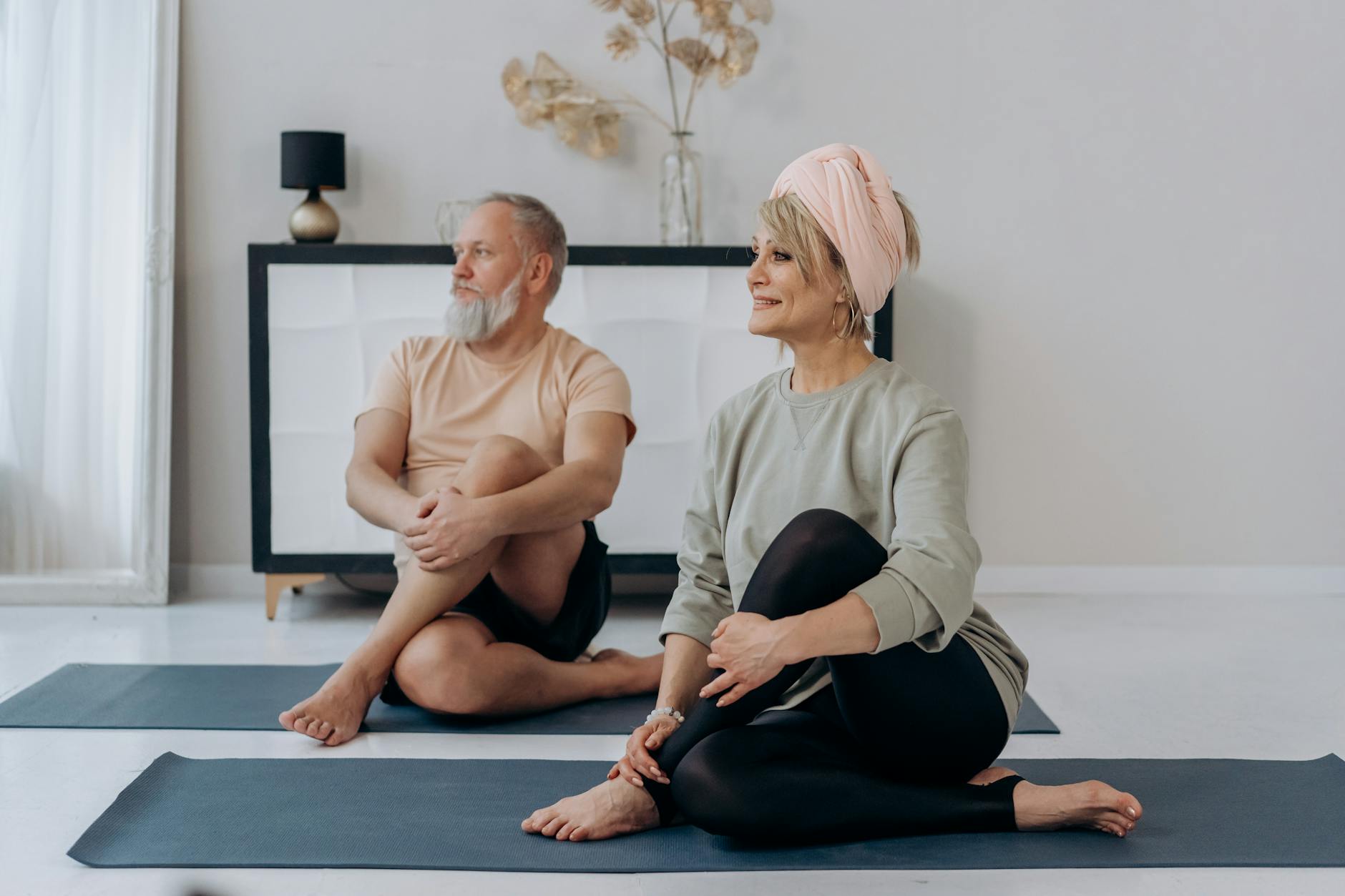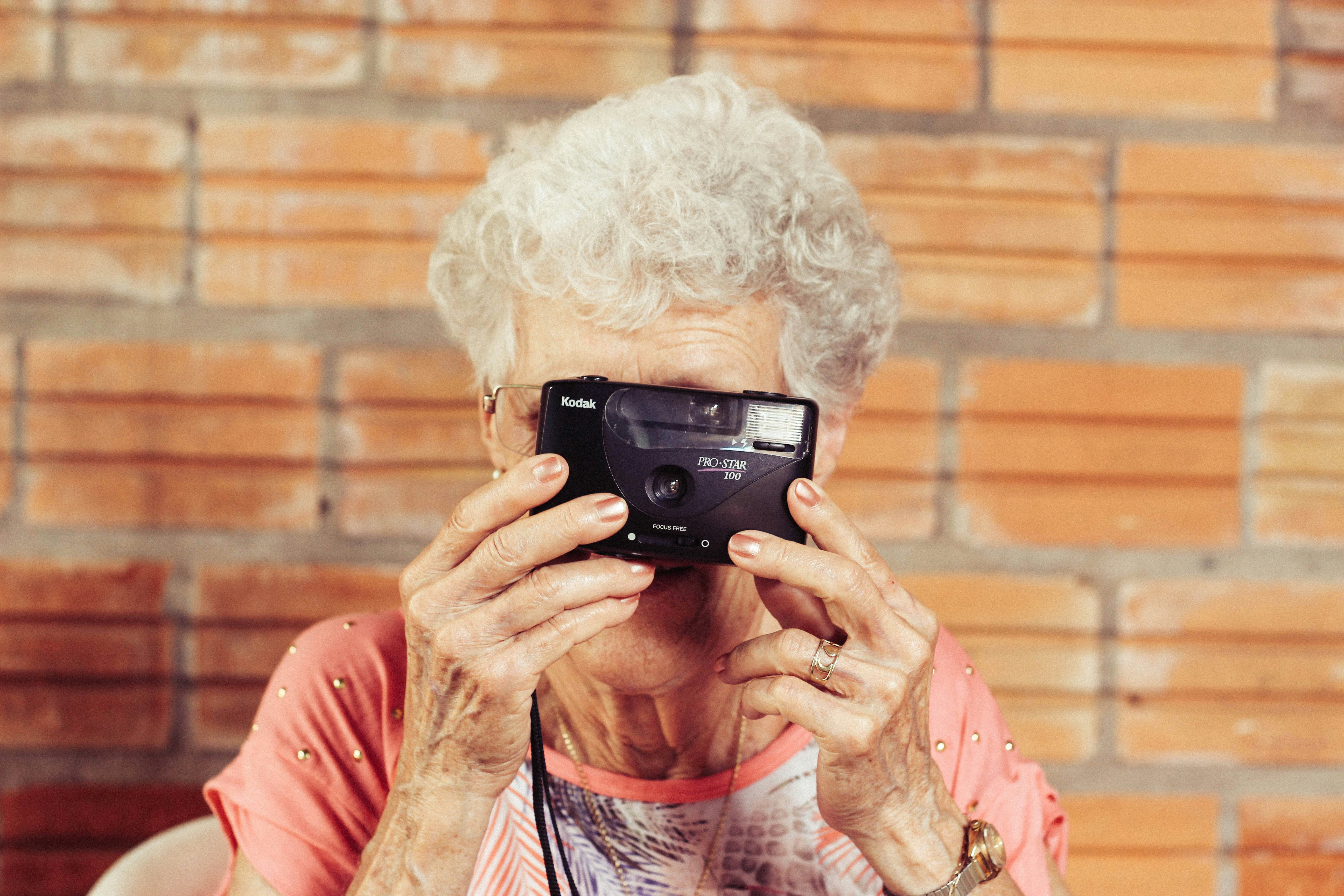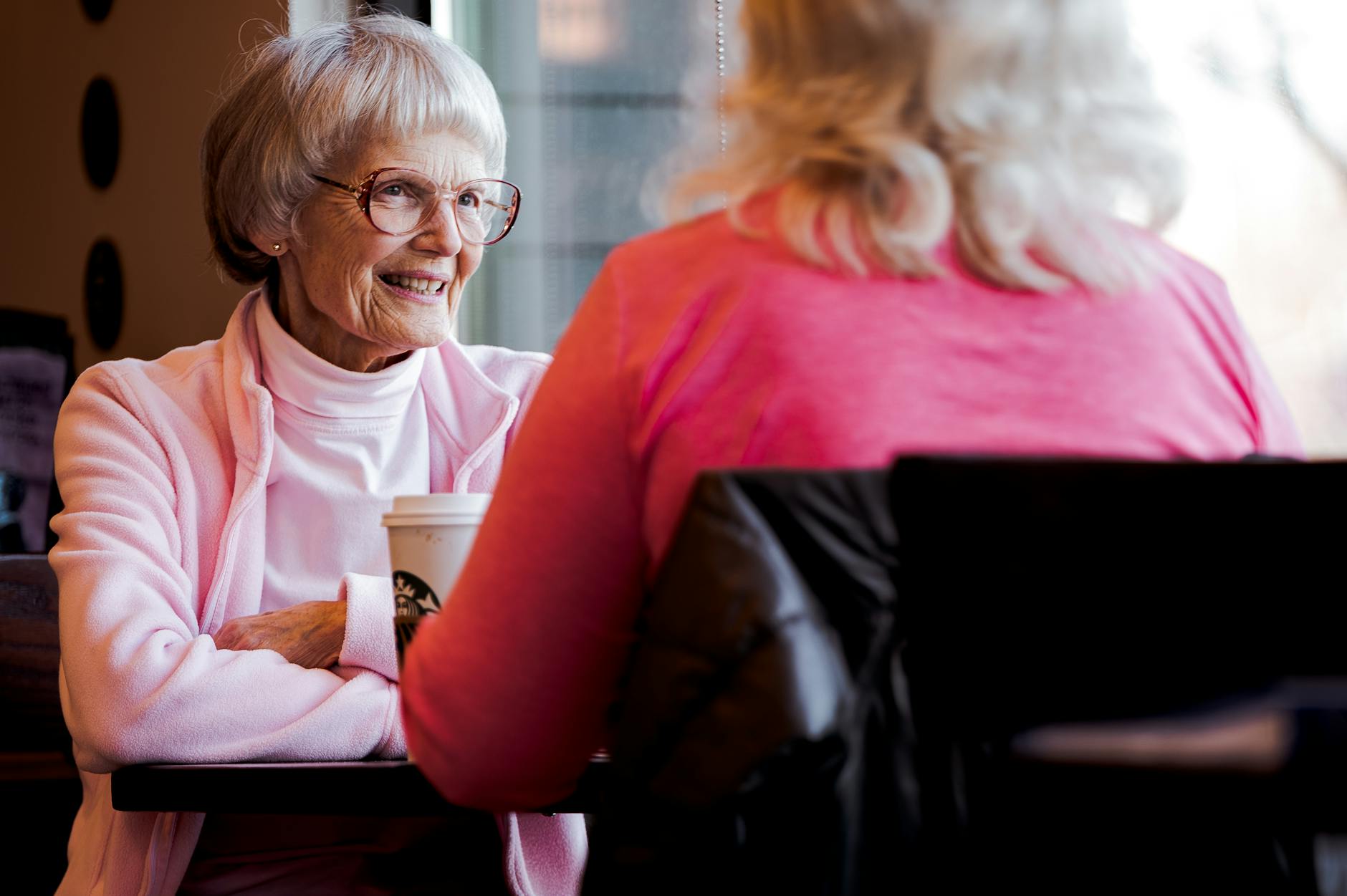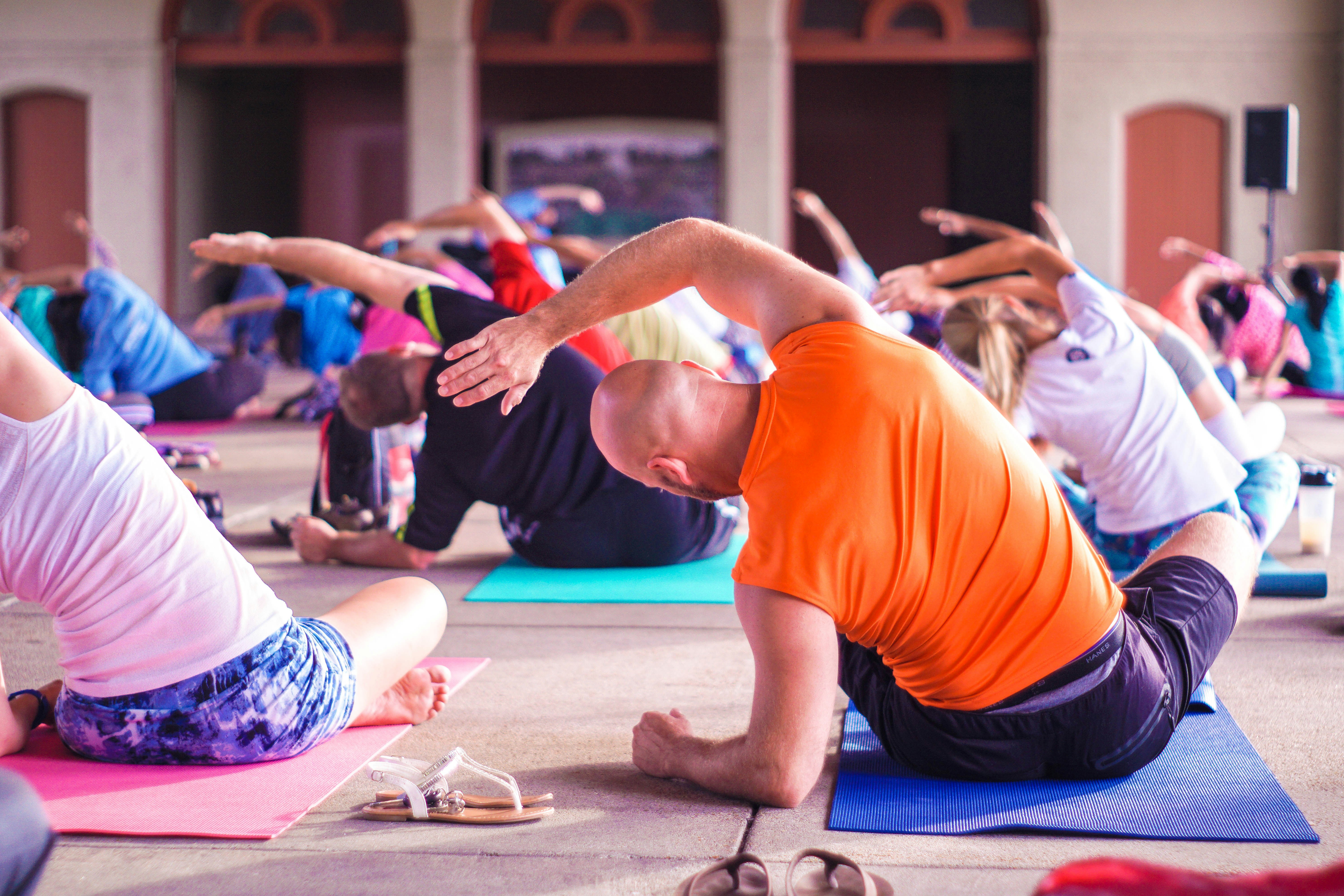How Often Should Elderly People Shower?
Discover why elderly people deserve our respect and understanding as they navigate life's changes. Learn how to treat them with dignity and compassion.
.jpg)
How Often Should Elderly People Shower?
When it comes to bathing seniors, finding the right balance between maintaining personal hygiene and ensuring their comfort and well-being is essential. Understanding the importance of personal hygiene for seniors and considering various factors can help determine the appropriate bathing frequency.

Importance of Personal Hygiene for Seniors
Personal hygiene is crucial for seniors as it promotes overall health and well-being. Regular bathing helps to keep the skin clean, reduces the risk of infections, and maintains a sense of freshness. Proper hygiene also contributes to a positive self-image and can boost self-confidence in seniors.
Factors to Consider when Determining Bathing Frequency
Determining the frequency of bathing for seniors involves considering several factors. These factors include the individual's overall health, skin condition, level of activity, and personal preferences. Here are some key considerations:
- Skin health: The condition of the senior's skin plays a vital role in determining bathing frequency. Dry or sensitive skin may require less frequent bathing to avoid excessive dryness or irritation. On the other hand, seniors with skin conditions such as incontinence-related dermatitis or eczema may benefit from more frequent bathing to maintain skin hygiene and prevent infections.
- Assessing individual needs and preferences: Each senior is unique, and their bathing needs may vary. Some seniors may prefer daily bathing as part of their routine, while others may find it physically or mentally challenging. It's important to respect their preferences and strike a balance between maintaining hygiene and ensuring their comfort.
- Considering mobility and cognitive abilities: Mobility limitations or cognitive impairments can impact a senior's ability to bathe independently. Caregivers should assess the level of assistance required and provide support accordingly.
By carefully considering these factors, caregivers can determine the bathing frequency that best suits the needs and preferences of the seniors they care for. It's important to maintain open communication and regularly reassess bathing routines to ensure that the chosen frequency continues to meet the senior's needs.
In the following sections, we will explore bathing frequency recommendations for seniors with specific conditions such as dementia, skin conditions, and limited mobility. Additionally, we will provide tips for creating a safe and comfortable bathing experience for seniors, including guidance on gentle and effective cleansing and promoting relaxation and independence.
General Guidelines for Bathing Seniors
Bathing seniors requires a thoughtful approach that takes into consideration their unique needs and circumstances. While there is no one-size-fits-all answer to how often seniors should bathe, there are some general guidelines that can help caregivers determine the optimal bathing frequency.
The Role of Skin Health
Maintaining good skin health is crucial for seniors, as their skin becomes more fragile and prone to dryness with age. Regular bathing helps keep the skin clean and reduces the risk of infections. However, excessive bathing or using harsh soaps can strip the skin of its natural oils, leading to dryness and irritation. It's important to strike a balance between cleanliness and preserving the skin's moisture barrier.
Assessing Individual Needs and Preferences
When determining bathing frequency for seniors, it's essential to consider their individual needs and preferences. Some seniors may prefer daily baths for a sense of cleanliness and comfort, while others may find it physically or emotionally challenging. Factors such as personal hygiene habits, cultural background, and previous bathing routines should be taken into account. Open communication and understanding between caregivers and seniors are key in assessing their bathing needs.
Considering Mobility and Cognitive Abilities
Mobility and cognitive abilities play a significant role in determining bathing frequency. Seniors with limited mobility may require assistance or adaptive equipment to safely bathe, making more frequent baths impractical. Additionally, seniors with cognitive impairments, such as dementia or Alzheimer's, may have difficulty understanding the bathing process or may become agitated during bathing. In such cases, adapting bathing techniques and frequency to their abilities and comfort levels is crucial.
By considering the role of skin health, assessing individual needs and preferences, and taking into account mobility and cognitive abilities, caregivers can establish bathing guidelines that promote hygiene, comfort, and well-being for seniors.
Bathing Frequency for Seniors with Different Conditions
When it comes to determining the bathing frequency for seniors, it's important to consider their individual needs and any specific conditions they may have. In this section, we will explore bathing frequency recommendations for seniors with dementia or Alzheimer's, seniors with skin conditions, and seniors with limited mobility.
Seniors with Dementia or Alzheimer's
For seniors with dementia or Alzheimer's, establishing a bathing routine can be challenging. Memory loss and confusion may lead to resistance or agitation during bathing. In such cases, it is generally recommended to prioritize maintaining good hygiene while ensuring the senior's comfort and dignity.
When determining the bathing frequency for seniors with dementia or Alzheimer's, it's crucial to assess their individual needs and preferences. Some seniors may benefit from more frequent bathing to maintain cleanliness and prevent infections, while others may find less frequent baths to be less distressing.
To create a safe and calm bathing experience for seniors with dementia or Alzheimer's, consider using visual cues, playing soothing music, or engaging in gentle conversation during the bath. It may also be helpful to have a consistent bathing schedule to establish familiarity and routine.
Seniors with Skin Conditions
Seniors with skin conditions, such as eczema or psoriasis, require special attention when it comes to bathing frequency. While maintaining good hygiene is essential, excessive bathing can exacerbate certain skin conditions by stripping the skin of its natural oils.
In general, it is recommended to avoid daily bathing for seniors with skin conditions unless otherwise advised by a healthcare professional. Instead, focus on gentle cleansing with mild, fragrance-free products and lukewarm water. The frequency of bathing should be based on the senior's needs and the specific recommendations provided by their healthcare provider.
Seniors with Limited Mobility
Seniors with limited mobility may face challenges when it comes to bathing. Reduced mobility can make it difficult to access the bathtub or shower safely, increasing the risk of falls or injuries. In such cases, bathing frequency should be determined based on maintaining cleanliness and promoting overall well-being while considering the senior's comfort and safety.
For seniors with limited mobility, alternative bathing methods, such as sponge baths or bed baths, may be more suitable. These methods allow for cleansing while minimizing the physical strain on the senior. It's important to ensure a safe bathing environment by using non-slip mats, grab bars, and other assistive devices.
By considering the unique needs of seniors with different conditions, caregivers can establish bathing routines that promote hygiene, comfort, and overall well-being. Remember to consult healthcare professionals or specialists for personalized advice based on the senior's specific health conditions and individual requirements.
Tips for a Safe and Comfortable Bathing Experience
Ensuring a safe and comfortable bathing experience is essential for seniors. By creating a safe environment, using gentle and effective cleansing techniques, and promoting relaxation and independence, caregivers can enhance the bathing experience for their senior loved ones.
Creating a Safe Bathing Environment
Creating a safe bathing environment is crucial to prevent accidents and promote a sense of security for seniors. Consider the following tips:
- Install grab bars or handles in the bathroom to provide stability and support during transfers and movements.
- Place non-slip mats or adhesive strips on the bathroom floor and inside the bathtub or shower to prevent slips and falls.
- Adjust the water temperature to a comfortable and safe level to avoid scalding or chilling.
- Ensure that the bathroom is well-lit to improve visibility and reduce the risk of accidents.
- Keep essential bathing items, such as soap, shampoo, and towels, within easy reach to minimize the need for excessive bending or stretching.
Gentle and Effective Cleansing
When it comes to cleansing, it's important to strike a balance between gentleness and effectiveness. Follow these recommendations for a comfortable bathing experience:
- Use mild, hypoallergenic, and fragrance-free cleansers to minimize the risk of skin irritation or allergies.
- Opt for warm water instead of hot water, as hot water can strip the skin of natural oils and cause dryness.
- Gently cleanse the skin using a soft washcloth or sponge, paying attention to folds and hard-to-reach areas.
- Be mindful of the amount of time spent in the water to prevent excessive drying of the skin.
- Pat the skin dry with a soft towel instead of rubbing vigorously to avoid friction and irritation.
Promoting Relaxation and Independence
Bathing should not only be about personal hygiene but also a time for relaxation and fostering independence. Consider the following approaches:
- Encourage seniors to participate in their bathing routine to the extent they are capable of, promoting a sense of control and independence.
- Play soothing music or provide calming scents, such as lavender, to create a relaxing atmosphere.
- Use a shower chair or bench to allow seniors to sit while bathing, reducing fatigue and increasing comfort.
- Offer support and reassurance throughout the bathing process, ensuring that seniors feel safe and respected.
- Allow for privacy when appropriate, understanding that personal preferences may vary.
By following these tips, caregivers can enhance the bathing experience for seniors, promoting their overall well-being and maintaining personal hygiene.


































































































